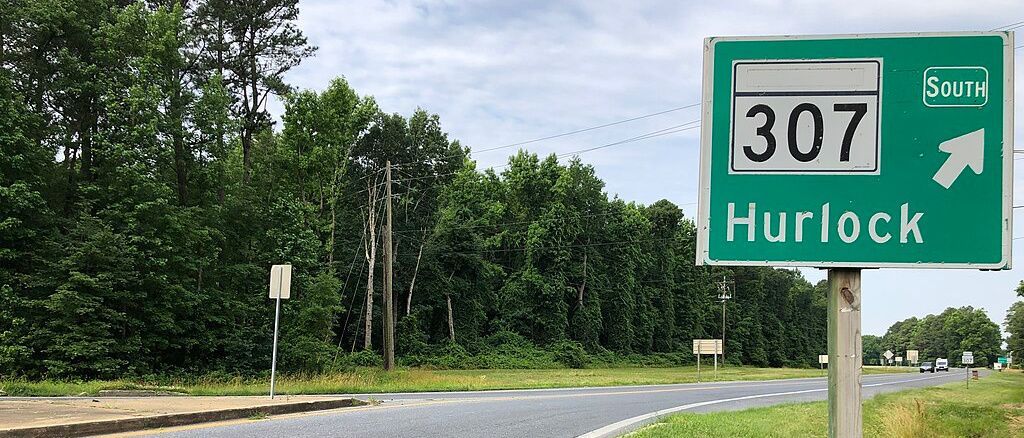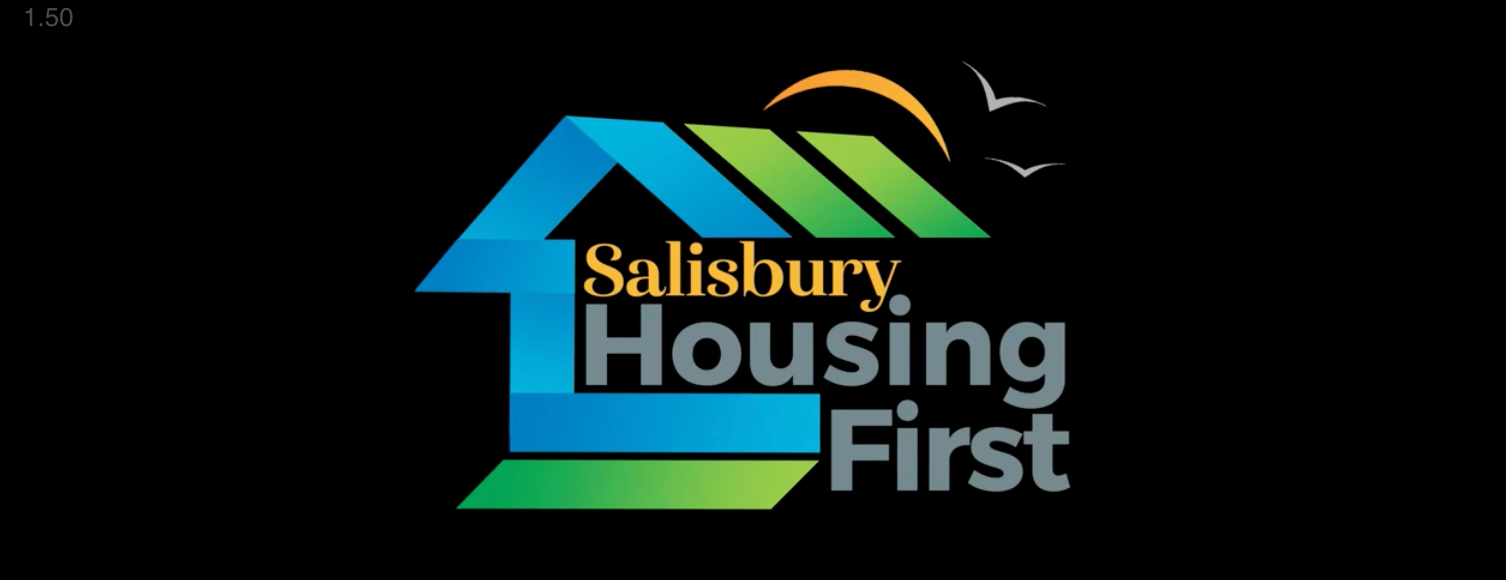Monkeypox — The Good News and the Bad News

We’ve done it again! After leading the world with the highest number of covid-19 cases over the past two years, the United States now leads the world in the number of monkeypox cases.
As of August 26, 2022, the Center for Disease Control reported that the number of monkeypox cases globally has passed 47,000, with over 17,000 of those cases in the U.S. A few months ago, at the beginning of the epidemic, 90% of all monkeypox cases were in Europe. That was then. Now, we’re No. 1. Over one-third of all known monkeypox cases are now in the U.S.
This increase has all happened since early May, and what’s unusual about this outbreak is that it is happening in countries outside Africa that normally don’t have monkeypox. Of those 47,000 cases, only 443 are in the seven African nations where monkeypox has been historically reported. The illness is now being reported in 92 other countries, most outside Africa.
The first known case outside Africa in 2022 was in England on May 6, when a British resident returned home with a monkeypox rash picked up while he was in Nigeria. Other cases probably came from other returning travelers. By May 19, there was a confirmed total of 160 cases outside Africa. All but 10 of those cases were in Europe: 56 in the United Kingdom, 41 in Spain, 37 in Portugal, and the rest scattered about Europe.
By May 26 in the U.S., there were 10 confirmed cases of monkeypox. About three weeks later, the outbreak had spread to 20 states. On July 22, the U.S. count had grown to almost 3,000 cases in 43 states plus Puerto Rico and Washington D.C. In August, the U.S. number quintupled to over 15,000 cases, a five-fold increase in monkeypox cases in the U.S. in just one month. Now, in late August, just a week later, there are over 17,000 confirmed monkeypox cases with some in every state. This is explosive growth.
The good news is that the rate of increase in new cases is declining in several of the hardest-hit areas of the U.S. and globally. In late July and early August, New York City saw an average of 70 new cases per week. In the latter part of August, that weekly average dropped to 50 new cases.
The World Health Organization reported this week that new cases have decreased about 21% from the previous month. This is due to vaccination programs in hotspots as well as education resulting in decreasing risky behavior, especially among gay men.
New York City, for example, has administered around 70,000 doses of the vaccine to date and is adding more clinic and appointment slots as quickly as the vaccine becomes available. However, monkeypox is just now reaching some countries and cases there, for example, in South and Central America, are on the climb.
As of last week, New York State had the most monkeypox in the U.S., with 2,910 cases. California was second, with 2,663, and Florida was third, with 1,588 cases. Texas came in fourth highest at 1,283. Maryland was ninth, with 379 monkeypox cases reported as of August 22.
The first case in Maryland was reported on June 16. By August 4, there were 150 cases. As of August 26, that number had jumped to 461, according to Maryland’s new website — the Maryland Monkeypox Dashboard — which launched that day.
Friday’s 461 cases were 82 more than Monday’s total of 379 for Maryland. That’s in just four days. Clearly, it’s not yet over.
As for Maryland’s Eastern Shore, there have been a few confirmed and suspected cases but none of the Shore’s nine counties has yet reached the Dashboard’s minimum reporting criteria of 10 cases. In Maryland, 95% of cases were in men and over 70% are in the 20-40 age range. Since the start of the epidemic, 2,124 Marylanders have been vaccinated against monkeypox, and more vaccines are en route.
The illness varies in severity but tends to follow the same pattern. Lasting two to six weeks, it usually starts with flu-like symptoms — fever, chills, muscle aches, swollen lymph glands, and fatigue. These symptoms are generally accompanied by or followed by a characteristic rash that most frequently appears on the face and hands, often spreading to the groin, abdomen, and sometimes the entire body. The rash develops into pus-filled blisters that may break, ooze, then crust over before finally disappearing. The pus is very contagious. Though some cases are mild, in severe cases it is a painful and debilitating disease. Most people recover within two to six weeks. The incubation period varies – from five to 21 days. There are occasional deaths. To date, there have been 12 known fatalities world-wide, but none in the U.S.
Until recently, there were no approved treatments or vaccines for monkeypox.
Monkeypox belongs to the orthopox family of viruses and is like smallpox. A smallpox vaccine can help prevent monkeypox infection and reduce severity if administered within a few days of exposure. More research is needed, but one study has indicated that a new smallpox vaccine, Imvanex (aka Jynneos), may be about 85% effective against monkeypox. A new smallpox anti-viral, tecovirimat, abbreviated TRPOX, has been used for monkeypox treatment. Both the vaccine, which is manufactured in Europe, and TRPOX are in short supply. The federal government has ordered large supplies of both.
The current monkeypox epidemic is mostly confined to the gay male community. But it is not exclusively a sexually transmitted disease spread mainly or only through sex. Monkeypox can also be transmitted through direct contact with the fluids from the sores on the skin or fluids left on the clothing or bedding, food, etc., of those infected. In addition, one can catch the virus through prolonged or close contact with the droplets in the air from the coughing or sneezing of those with monkeypox. Casual conversation or brief contact with hard surfaces, such as doorknobs, are not thought to be prominent avenues for spreading the disease.
The point is, monkeypox has merely started in the gay male community. It is by no means limited to that community or spread only through sexual activity. Anyone is susceptible to catching it. In Africa, it tends to be found in hunters in rural areas and in those who handle or eat monkeys or various wild rodents.
Despite public health measures to contain it, monkeypox has likely already moved into the general population. The first monkeypox case was recently reported in a child in New York City. The child was a household contact of an adult infected with monkeypox. Nationwide, there are 10 known cases of pediatric monkeypox in children 10 and under, with an additional four cases in those 11-15 years old.
Fortunately, monkeypox is neither as infectious nor as deadly as covid-19. With care, this new epidemic can be managed.

Sources and more information:
“Dangers Of Ecotourism: Up Close And Infectious: Travelers’ Desire For Intimate Encounters With Wildlife May Threaten The Animals They Love,” Bob Holmes, Oct. 15, 2018, Knowable Magazine.
https://knowablemagazine.org/article/society/2018/dangers-ecotourism-close-and-infectious
“Maryland Launches Monkeypox Data Dashboard, Over 460 Cases Confirmed In State,” Aug. 26, 2022, CBS Baltimore. https://www.cbsnews.com/baltimore/news/maryland-launches-monkeypox-data-dashboard-over-460-cases-confirmed-in-state/
“Maryland Monkeypox Dashboard,” updated on Fridays, Maryland Department Public Health.
https://health.maryland.gov/phpa/OIDEOR/Pages/monkeypox.aspx
“Monkeypox Cases Are Declining In New York City And Globally,” Aug. 26, 2022, New York Times.
https://www.nytimes.com/2022/08/26/nyregion/monkeypox-cases-nyc-worldwide.html
“Monkeypox in Animals,” updated Aug. 17, 2022, Center for Disease Control.
https://www.cdc.gov/poxvirus/monkeypox/veterinarian/monkeypox-in-animals.html
“Monkeypox World Map,” updated frequently, Aug. 26, 2022, CDC
https://www.cdc.gov/poxvirus/monkeypox/response/2022/world-map.html
“Multi-country Monkeypox Outbreak: Situation Update,” June 27, 2022, World Health Organization.
https://www.who.int/emergencies/emergency-events/item/2022-e000121
“WHO: Monkeypox Cases Drop 21%, Reversing Month-Long Increase,” Aug. 25, 2022, Associated Press News.
https://apnews.com/article/monkeypox-health-world-news-united-nations-9e39c89c4f2a0dc76b86077a59a544ae
Jane Jewell is a writer, editor, photographer, and teacher. She has worked in news, publishing, and as the director of a national writer's group. She lives in Chestertown with her husband Peter Heck, a ginger cat named Riley, and a lot of books.
Common Sense for the Eastern Shore







